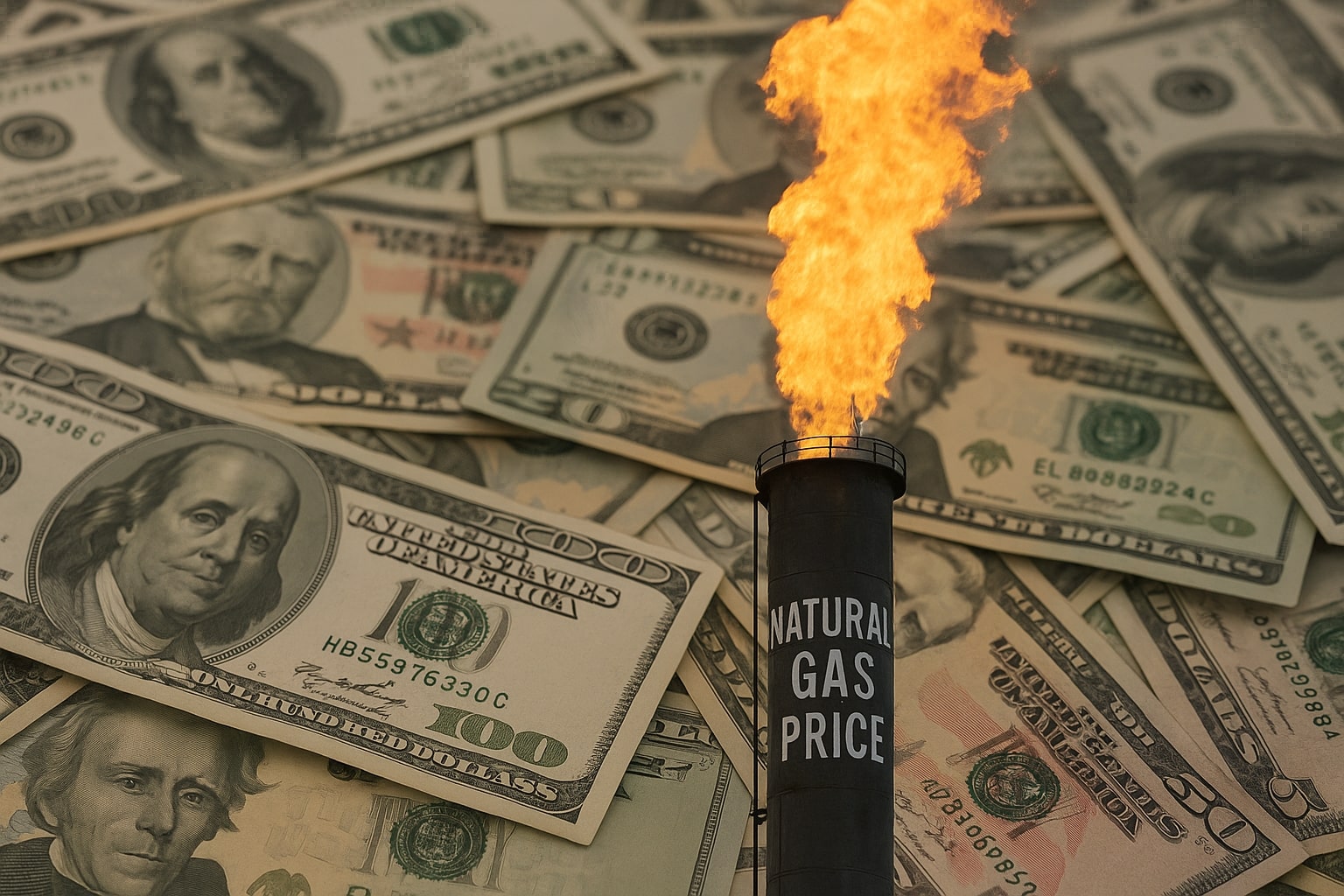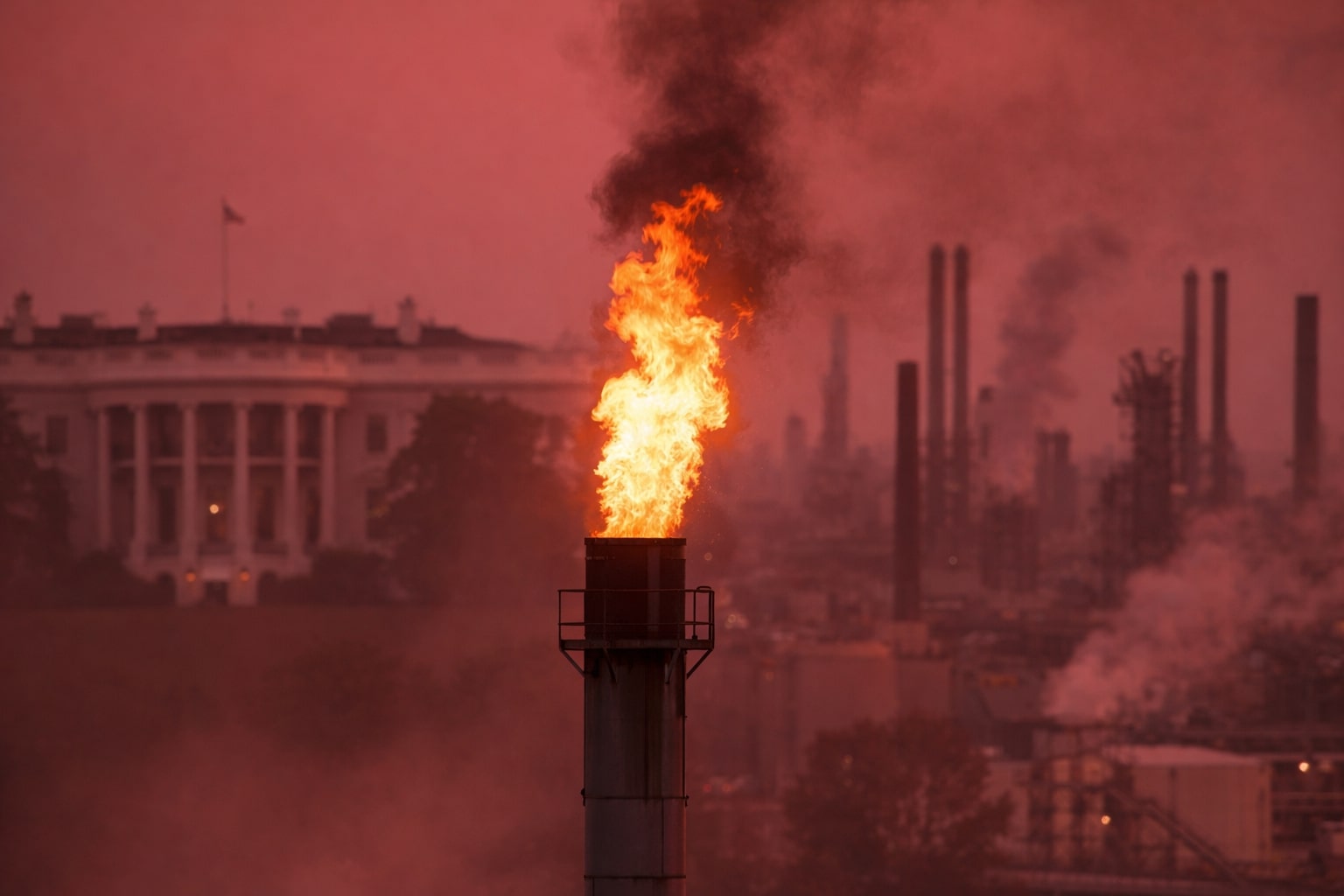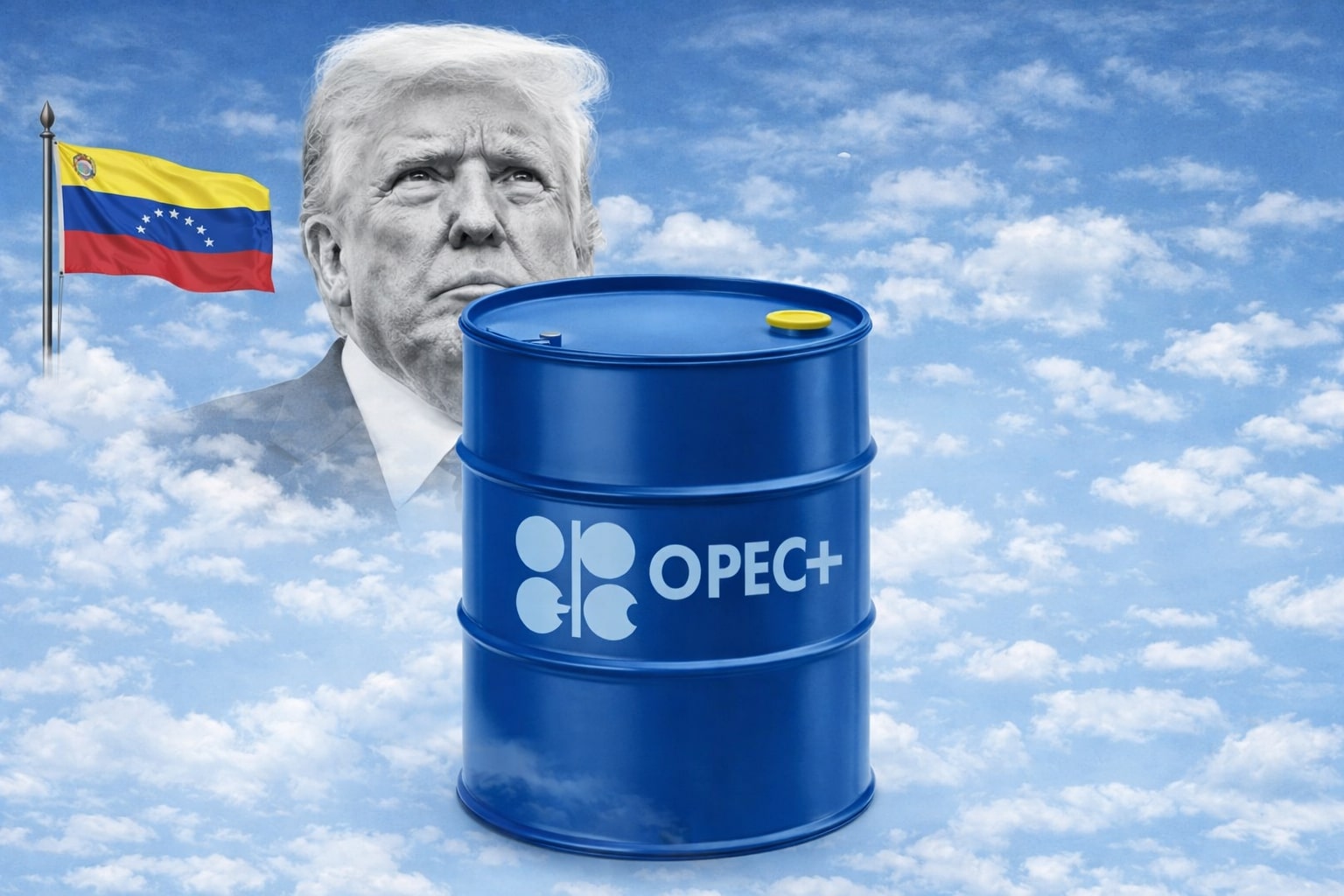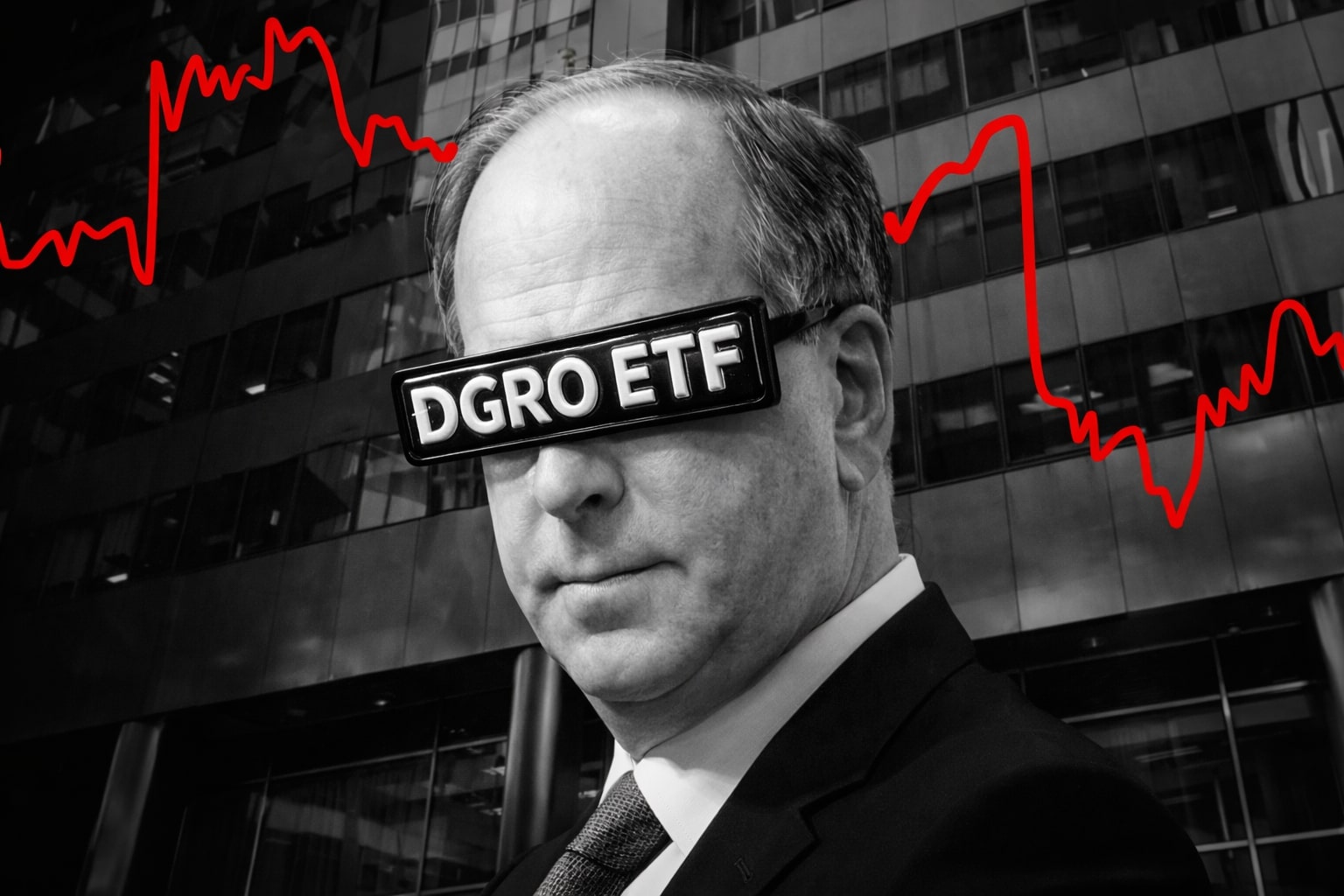Natural Gas Price Forecast: Could We See a Surge to $4.00 or Will Prices Stay Below $3.50?
Overview of Natural Gas Price Movements: Why The Drop from $3.80 to $3.73 Matters
Natural gas prices, specifically at Henry Hub, have been experiencing fluctuations, with the price recently falling to $3.73 per MMBtu after briefly testing higher levels near $3.80. The most recent data from the Energy Information Administration (EIA) highlighted a decrease in prices, primarily driven by an increase in supply coupled with weather-related demand shifts. Natural gas prices have seen substantial volatility, especially as warmer-than-usual weather in early spring helped drive higher-than-expected storage injections. The latest EIA short-term energy outlook (STEO) reveals a slight adjustment downward for 2025 projections, now forecasting an average of $4.12 per MMBtu, down from $4.27 in April.
As summer demand heats up, natural gas prices are expected to see some upward movement. The EIA anticipates that the second quarter of 2025 will average $3.46 per MMBtu, while in the third and fourth quarters, prices could reach $4.19 and $4.68, respectively. This seasonal rise is expected to continue, though technical factors and global demand pressures will play significant roles.
Global Demand for LNG and Its Impact on Natural Gas Prices
Increased demand for liquefied natural gas (LNG) from regions like Europe and Asia has significantly impacted natural gas prices. The U.S. has seen rising LNG exports, and according to the EIA, more exports and higher demand from the electric power sector will contribute to higher natural gas prices. The international price of natural gas has been climbing due to geopolitical concerns, particularly in Europe, where the gas supply situation remains tense due to efforts to phase out Russian imports.
As Europe experiences a continued shortage and global competition for LNG increases, the U.S. is poised to see more demand for its exports. Natural gas prices in Europe have reached €35.7/MWh, fueled by strong LNG bidding from India and China, further increasing competition for U.S. natural gas. As the U.S. reduces its surplus and ramps up exports, higher demand is expected to push prices upward over the long term, helping the commodity push toward the $4.00 level.
Storage Concerns and Geopolitical Pressures: Will Natural Gas Prices Break the $3.80 Barrier?
On the technical side, natural gas futures are struggling to break through the $3.80 resistance level, a critical barrier that has capped the recent price increases. Natural gas has been in an upward trend, testing key resistance levels. The market’s next major challenge is whether it can break above the $3.85 mark, which could signal a rally toward $4.00. If prices fail to clear this resistance, there may be a pullback to lower support levels around $3.50.
For now, the $3.72 support level has been holding firm. However, a break below this level could expose the price to a further decline towards the $3.50 mark, which is regarded as a key threshold. If natural gas prices are unable to build upon the recent gains, we may see further pressure from traders anticipating a correction.
As geopolitical tensions continue and storage levels fluctuate, the longer-term outlook for natural gas remains tied to these ongoing global supply and demand shifts. The EIA expects that the volatility in natural gas prices will persist, with projections of increasing demand from both the electric power sector and LNG export markets. This could result in more bullish forecasts as we approach the summer months.
Natural Gas in Europe: Analyzing Rising Prices and Supply Issues
In the European Union, natural gas prices have experienced their first rise in a year. The average price across EU member states rose to €12.33 per 100 kWh in the second half of 2024. This increase, driven by raised taxes and lowered subsidies, has put pressure on households across the region. Notably, Sweden, the Netherlands, and Italy have faced some of the highest prices, whereas Hungary, Croatia, and Romania reported the lowest costs.
These price hikes are not only caused by higher taxes but also by the reduced supply levels, which are expected to persist due to the EU's move to phase out Russian gas. This shift, alongside increasing domestic consumption and lower-than-expected stock levels, has the potential to drive EU natural gas prices even higher in the coming months.
As natural gas prices in Europe have seen sharp increases, this has pressured international LNG markets, with Europe increasingly competing for supplies. This situation is compounded by geopolitical tensions, including trade disputes between the U.S. and China, which could further disrupt supply lines.
Is Natural Gas a Buy, Sell, or Hold? Analyzing the Current Market Dynamics
The short-term outlook for natural gas prices shows potential for modest gains, especially as demand increases during the summer months. The upcoming quarters could see prices rise, with projections from the EIA suggesting the fourth quarter of 2025 could push prices up to $4.68 per MMBtu. The long-term forecast also looks promising, with some experts projecting prices could approach $4.20 or higher by the end of 2025, supported by sustained export growth and increased global competition.
However, the natural gas market is rife with volatility. Should prices fail to break above the $3.85 resistance level, we may see additional pressure on the downside. Traders should remain cautious, watching for signals of support at $3.50, but those looking for longer-term growth potential could consider holding positions in anticipation of a price resurgence as global demand escalates.
Overall, Natural Gas presents a mixed but potentially bullish outlook for investors. Given the short-term fluctuations and longer-term growth prospects driven by global demand, the recommendation would be Hold for now. Natural gas prices are expected to continue testing resistance levels, and any break above $3.85 could signal a further rally toward the $4.00 range.




















